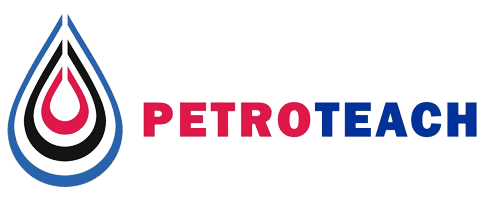PPH 202
Borehole Images Applications
In addressing of importance of borehole images and its application in oil industry, this course is designed as the full process of borehole images data processing, QC and full interpretation


In addressing of importance of borehole images and its application in oil industry, this course is designed as the full process of borehole images data processing, QC and full interpretation

| Code | Date | Location | price (€)* |
|---|---|---|---|
| PPH 202 | 24 – 27 Feb 2025 | Online | 1990 |
| PPH 202 | 2 – 5 Sep 2025 | Online | 1990 |
| PPH 202 | 7 – 10 Apr 2025 | Kuala Lumpur | 3990 |
| PPH 202 | 4 – 7 Aug 2025 | Dubai | 3990 |
* Prices are subject to VAT and local terms. Ph.D. students, groups (≥ 3 persons) and early bird registrants (8 weeks in advance) are entitled to a DISCOUNT!
In addressing of importance of borehole images and its application in oil industry, this course is designed as the full process of borehole images data processing, QC and full interpretation. A good borehole images analysis could be calibrated to verify petrophysical parameters like porosity and permeability. It helps as well in selecting intervals for sampling and plays an important role as a fundamental input to geomechanically modelling for drilling optimization, simulation and wellbore stability.
The objectives of this course are to provide participants with a competency in Borehole images interpretation’s technics and geological features recognition. Raw borehole images data are used during the course. Participant are taken step by step through all of the interpretation and QC technics, checking essential curves, recognizing geological features, manual picking of the features, fractures characterization, stress orientation, Structural dip analysis, sedimentological analysis, overview of
o Introduction to borehole images technologies
o Understanding dips and terminologies
o Data QC workflow and processing steps
o Artifacts recognition and classification
Exercise 1: QC plots and artifacts recognition and classification
o Processing steps for wireline tools:
electrical and acoustic tools
o Processing steps for LWD tools
o Handling damaged data Exercise 2: Real data processing technics
o Bedding recognition and classifications techniques
o Manual VS automatic dip picking
o Structural dip analysis
o Sedimentological dip analysis
o Fractures characterization
o Fractured reservoir types
o Fractures density calculation
o Fracture aperture
o Induced fractures
Exercise 3: real data interpretation
applying the above analysis and
discussing results
o Pores detection in carbonates
o Permeability and faults sealing
o Thin beds analysis
o Importance of stress regime
o Stress magnitudes calculation methods
o LOT & XLOT calibration
o Stress polygon
o The role of stress in determining the Safe mud window
Exercise 4: permeability from BHI logs, stress polygons construction
o Integration of BHI with sonic tools
o Integration with NMR
o Integration with core data
o Integration with mineralogy detector
Exercise 5: full integration plot analysis and results

Imene Ferhat accumulate over 10 years of borehole images interpretation, geomechanics and geosciences experience. She joined Baker Hughes as a geoscientist and certified for advanced borehole images and awarded for the efforts and commitments. She became a team lead and contributed in several integration studies and geomechanics modelling delivered to different companies in Europe, Middle East and Africa.
Imene Joined to the Algerian institute of petroleum (IAP) as instructor, presenting seminars and workshops for engineers in borehole images and geomechanics, and published recently a study titled “Fractures Characterization of the Combro-Ordovician Reservoir of Hassi Messaoud”, where she addressed the compartmentalization issue related to fault sealing in the periphery of Hassi Messaoud field
This course is designed for Exploration Geologists but could also benefit Geochemical Coordinators, Managers and development Geologists.
o Intermediate
The participants will learn:
o Borehole images processing steps
o The importance of data QC
o Features recognitions and interpretation
o Bedding interpretation for structural and sedimentological analysis
o Facies recognition
o Borehole failures and stress recognition and orientation
o Fracture characterization
Registration is now OPEN!
* Prices are subject to VAT and local terms. Ph.D. students, groups (≥ 3 persons) and early bird registrants (8 weeks in advance) are entitled to a DISCOUNT!
For more details and registration please send email to: register@petro-teach.com
Would you like a PetroTeach training course delivered at a time or location to suit you?
click for request in house